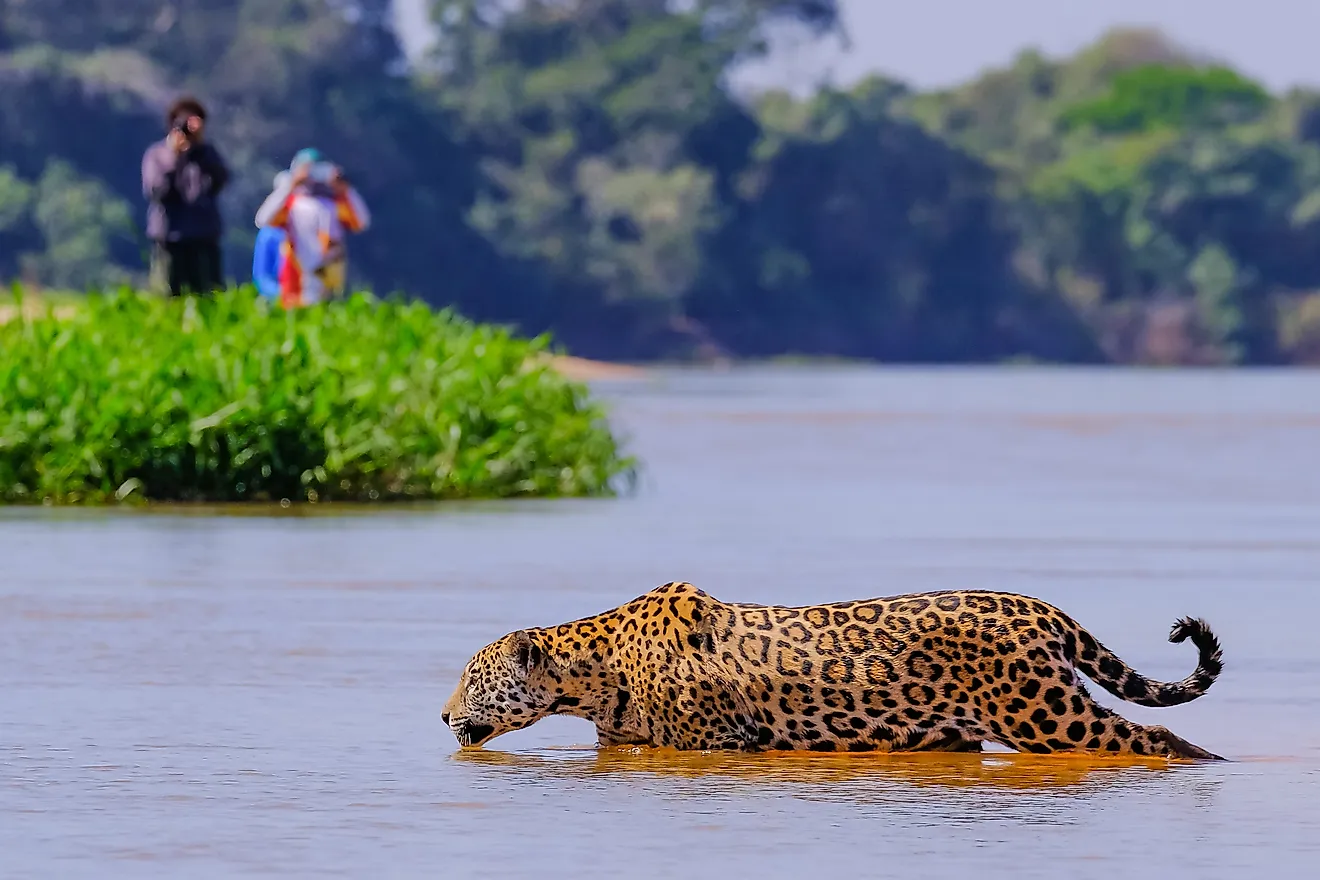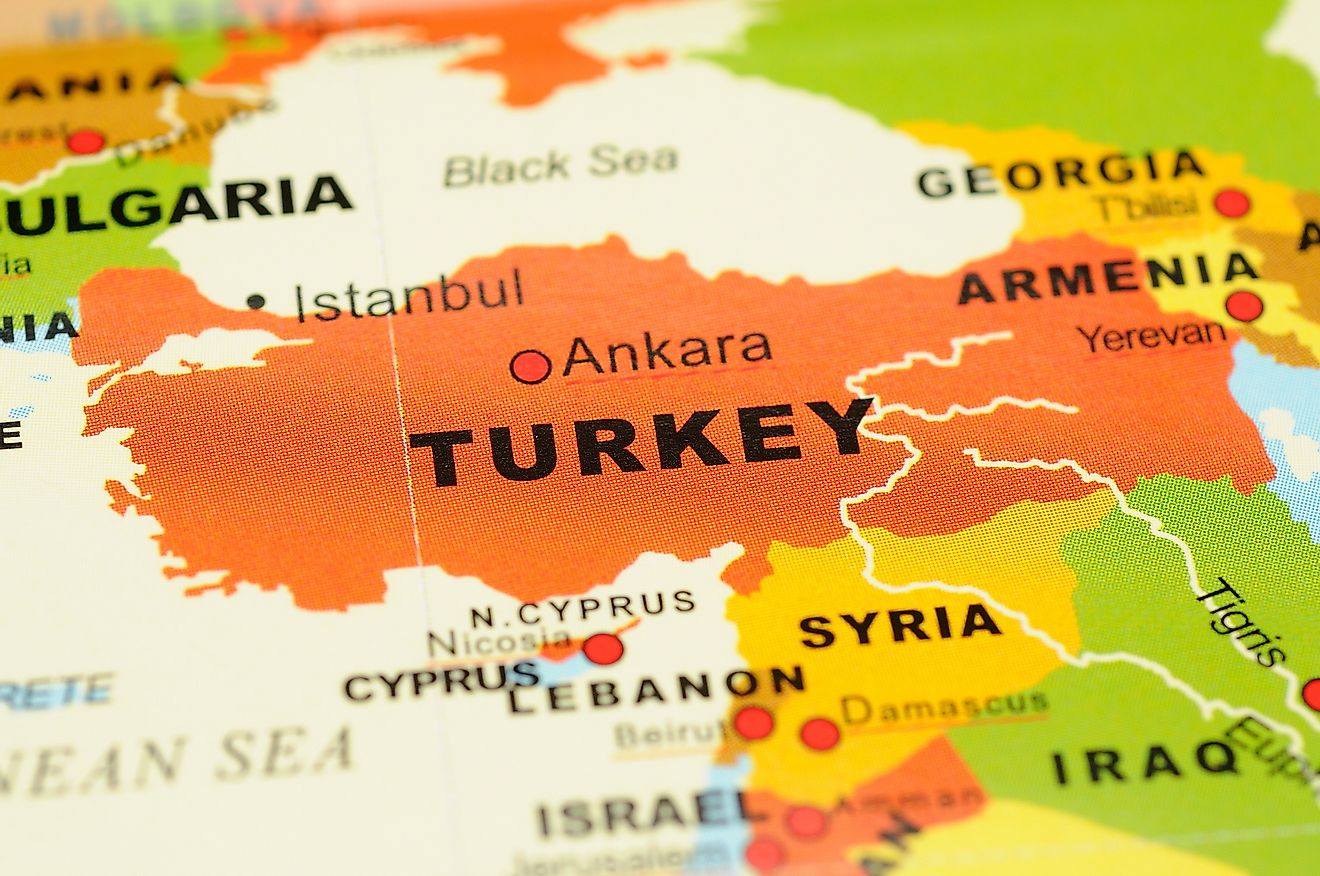What Happens When A Volcano Erupts?
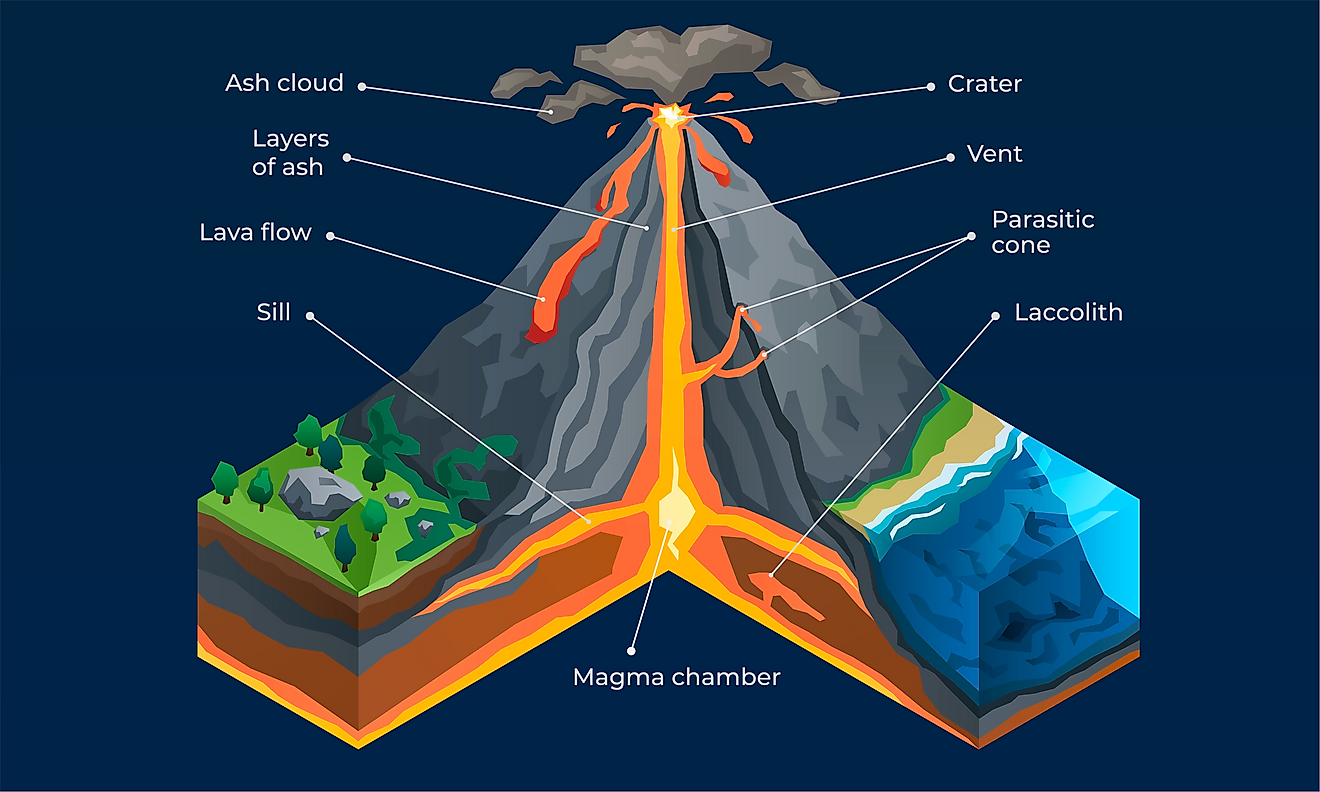
- Scientists know that approximately 500 volcanoes have erupted.
- Volcanoes are the Earth’s natural way of cooling off, releasing internal pressure and heat.
- When magma is thick, pressure builds up and the gases explode violently.
Volcanoes are one of the most fascinating geological features on the surface of the Earth. Volcanoes are found both on the ocean floor and on the surface of the land. They can be active, dormant, or extinct in nature depending on their activity status. And like nature's every other feature, volcanoes also serve a purpose. They are our planet's natural way of cooling off. A lot of activity goes on below the Earth's crust, which leads to the build-up of extreme heat and pressure beneath the crust. When the force below goes beyond a certain threshold level, it releases volcanic eruptions, earthquakes, or both. Earth's landscape and life often undergo a drastic change after such volcanic eruptions occur.
The Role Of The Magma
Deep inside the Earth, the temperature is so high that rocks in the Earth's mantle melt, turning into a viscous, flowing substance called magma. Tectonic plate movements often result in the formation of magma by building up greater pressure and causing heat to transfer in the Earth's interior.
Being lighter and more fluid than the solid rock surrounding it, the magma rises up and begins to pool in magma chambers below the Earth's crust. Gas bubbles also form in the magma as it rises, which creates extreme pressure.
When the magma layer is not too thick, gases escape from it so that there is less build-up of pressure. This kind of magma is runnier and flows out of openings or fissures on the Earth's crust as lava. These kinds of eruptions are seen in Hawaii, where lava comes out more slowly. There are also fewer fatalities during such events. However, when the magma is highly viscous and thick, the gas bubbles cannot escape. Hence, pressure builds up and the gases violently explode.
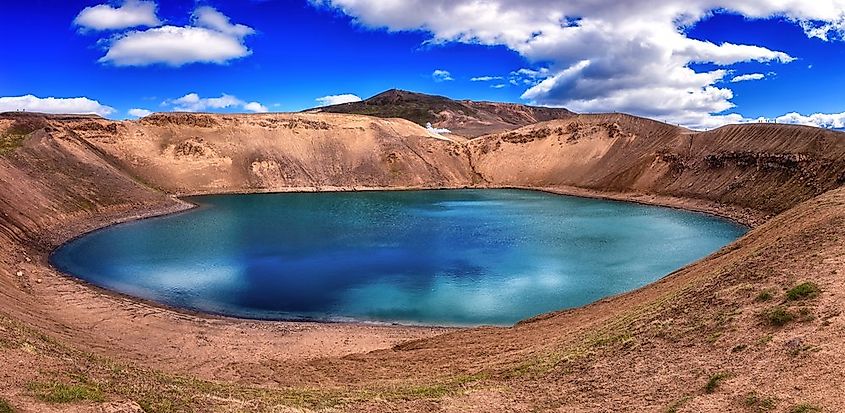
Volcanic Eruptions Explained
The chemical composition, volume of trapped gases, and temperature of the magma all determine the kind of volcano that will form and the type of eruption, if any. When magma is thick and sticky, there is a higher chance of explosive eruptions. This can be compared to a bottle of soda, which has carbon dioxide gas trapped in the liquid. Before it is opened, the CO2 has dissolved since the bottle is pressure-sealed. Therefore, you cannot see the bubbles. If the bottle is shaken, the bubbles form; once the top is taken off, the soda shoots out because it is pushed out by the gas bubbles.
Types Of Volcanoes
There are three common types of large volcanoes based on the type of volcanic eruptions that formed them: Caldera, Strato, and Shield.
Caldera volcanoes.
The key feature of these volcanoes is their large, wide depressions, which are called calderas. The magma found in these volcanoes can lead to violent explosions that cause wide-ranging fallout of ash. As their large magma chambers empty, the structure's support disappears, and the volcano collapses inward. Calderas can range from 0.62 up to 62 miles in diameter and are known as supervolcanoes. There is one in Lake Toba in Indonesia, and the Yellowstone volcano in the United States.
Stratovolcanoes.
Stratos are usually symmetrical, with steep sides. They are formed from layers of lava and ash and appear like cone-shaped mountains. Most have craters at their summits, which have either one main vent or several clustered vents, and lava flows through internal fissures or breaks within the crater walls. This acts like a conduit system that provides a pathway for magma to travel from a reservoir deep in the Earth up to the surface, forming layer after layer over the years.
Strato magma has a high silica content, which produces large amounts of gas bubbles. When these volcanoes explode, they create volcanic ash. This ash has sharp, frozen bits of magma and rock. Three examples of stratovolcanoes are Fuji in Japan, Yasur in Vanuatu, and Etna in Italy.
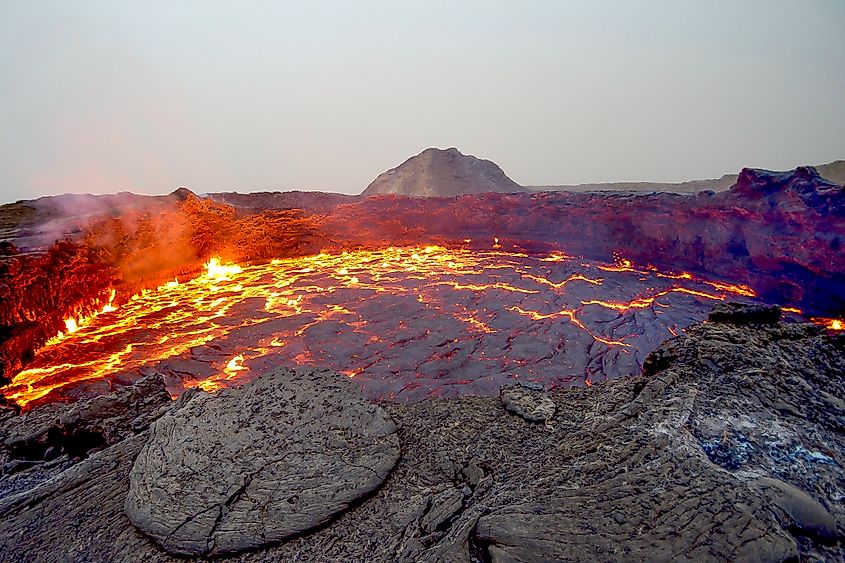
Shield volcanoes.
These volcanoes have a flatter shape and are formed from repeated, slower-moving lava flowing down their slopes. Their magma has a fairly low silica content, and is extremely hot and runny; once it reaches the surface, most magma becomes lava, but ash and volcanic gases is also produced. Through the course of many eruptions, the layers build up and the magma chamber eventually empties and becomes dormant. They can explode, although this is less likely than in other kinds of volcanoes. Many are found in Iceland and Hawaii.
Major Volcanic Explosions
Yellowstone’s first major eruption happened over two million years ago and covered more than 5,790 square miles in ash. It also erupted 640,000 years ago, and the ground collapsed into the magma reservoir creating a caldera. The caldera was filled in by later lava flows. Jake Lowenstern of the US Geological Survey is the Scientist-in-Charge of the Yellowstone Volcano Observatory, and he said that the two supereruptions spewed out “enough material to bury the state of Texas five feet deep!”
The deadliest volcanic explosion in record history happened at Mount Tambora on an island now part of Indonesia, in 1815. The 13,000+ foot volcano exploded, sending up dust, rock, and gas into the air. Rivers of ash poured out, and there were earthquakes that caused tsunamis in the Java Sea. There were about 10,000 immediate fatalities, but many more died in the next few years from secondary effects that traveled around the world, such as famine and cholera. Scientists believe that Mount Tambora’s explosions led to years of climate change, crop failures, and starvation in Asia, Europe, and America.
